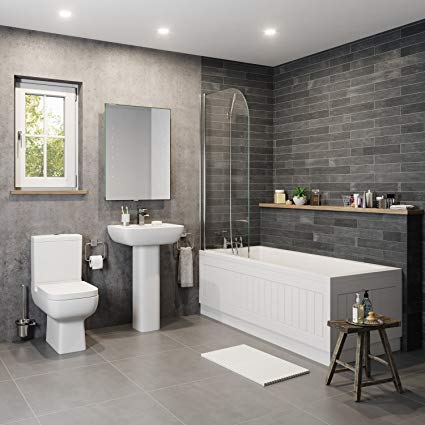Source: Thailand Coronavirus News Mar 05, 2020 5 years, 7 months, 1 week, 3 days, 1 hour, 25 minutes ago
A
Singapore Coronavirus research indicates that patients infected with the SARS-CoV-2 coronavirus that causes the Covid-19 disease, extensively contaminate their bedrooms and bathrooms, reflecting the need for frequent disinfecting and cleaning of such areas.

Thailand Medical News has also published an article in early February highlighting the fact that even public toilets can be a source of viral transmissions. (
https://www.thailandmedical.news/news/chinese-researchers-say-that-public-toilets-can-also-be-a-source-of-coronavirus-transmissions)
The Singapore research just published yesterday in JAMA (Journal Of The American Medical Association) said that the virus was killed by twice-a-day cleaning of surfaces and daily cleaning of floors with a commonly used disinfectant, which suggests that current decontamination measures are sufficient as long as people adhere to them.
The research came after cases in China where the pathogen spread extensively through hospitals, infecting dozens of health care workers and other patients.
The high incidence of hospital infections led researchers to believe that, beyond catching the infection through coughing, environmental contamination was an important factor in the disease's transmission, but its extent was unclear.
Medical researchers at Singapore's National Centre for Infectious Diseases and DSO National Laboratories looked at three cases of patients who were held in isolation rooms between late January and early February 2020.
The researchers collected samples from their rooms on five days over a two-week period.
The research was such that the room of one patient was sampled before routine cleaning, while the rooms of the other patients were sampled after cleaning and disinfection procedures.
The infected individuals whose room was sampled before cleaning had the mildest symptoms of the three, only experiencing a cough. The rest had moderate symptoms: both had coughing and fever, one experienced shortness of breath and the other was coughing up lung mucus.
It was observed that the patient whose room was sampled before cleaning contaminated 13 of 15 room sites testing, including their chair, bed rail, the glass window of their room, the floor, light switches.
Also reported was that three of the five toilet sites were also contaminated, including the sink, door handle and toilet bowl, more evidence that stool can be a route of transmission.
Though air samples tested negative, swabs taken from air exhaust outlets were positive which suggests that virus-laden droplets may be carried by air flows and deposited on vents.
The researchers commented, "Significant environmental contamination by patients with SARS-CoV-2 through respiratory droplets and fecal shedding suggests the environment as a potential medium of transmission and supports the need for strict adherence to environmental and hand hygiene."
Thailand Medical News also recommends readers to take extra precautions when using public toilets as well.
For more
news on
Singapore Coronavirus developments, keep logging on to:
https://www.thailandmedical.news/articles/coronavirus
Reference: Air, Surface Environmental, and Personal Protective Equipment Contamination by Severe Acute Respiratory Syndrome Coronavirus 2 (SARS-CoV-2) From a Symptomatic Patient
Sean Wei Xiang Ong, MBBS; Yian Kim Tan, PhD; Po Ying Chia, MBBS; et al Tau Hong Lee, MBBS; Oon Tek Ng, MBBS, MPH; Michelle Su Yen Wong, PhD; Kalisvar Marimuthu, MBBS
JAMA. Published online March 4, 2020. doi:10.1001/jama.2020.3227
